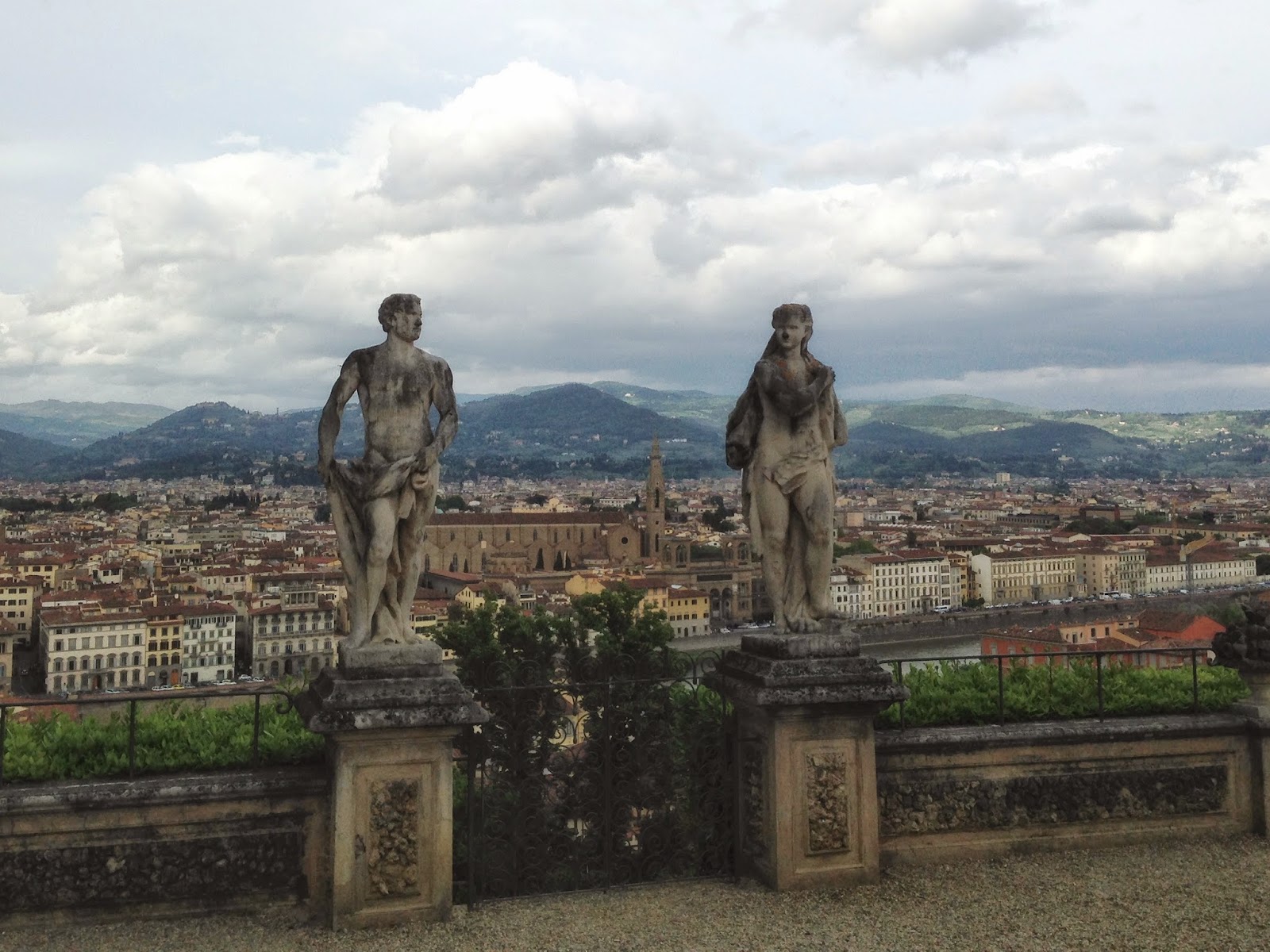A walk through the Giardino Giusti is a must for any garden lover staying in Verona.
First planted in 1580 based on designs by Count Agostino Giusti, then expanded and perfected a century later, it is the epitome of an Italian Renaissance garden with its symmetrical layout, cypress avenue, hedge maze, and layered terraces.
As with most Italian gardens of the period, this isn't a place to visit in search of flower borders. The Giusti is all about structure and calm; it is a green, ordered escape from the chaos of life.
I recommend climbing the pathways up the hillside. You'll be rewarded with enchanting views of the garden itself,

as well as sweeping vistas over the rooftops of Verona. Each level of the terraces will reveal a bit more to you until you eventually reach the belvedere (beautiful view).
While the climb to the top of the garden isn't difficult, it is a good idea to bring water with you, as there is no food or drink for sale at Giardino Giusti, which is located about a 10-minute walk across the river from the historic center of the city.
Better yet, bring a picnic to enjoy at the top or after you return to the graceful box parterres below. Like so many tourist cities, Verona can be overwhelming, and this is a perfect place to enjoy some peace and solitude without leaving the city limits. Under the deep shade of the Cypresses, perhaps you will become inspired, just as Goethe once was, to write about the garden.
The Giusti family has maintained this garden since the sixteenth century. I was especially interested to see how over the centuries they have perfected a careful balance between the formal and the wild. As you climb higher and higher up the steep pathway above the garden, the plants grow bushier, less clipped. Lavender and rosemary tumble into the path, releasing their heady scents as you brush against them.
 |
| The cypress avenue |
I've read some criticisms from fellow travelers about the less kempt sections of the garden, but I find the wild pathways to be a wonderful juxtaposition to the perfect symmetry of the parterres and labyrinths. We all need a little wildness to remind us that we are in nature after all, and that the artifice of the formal garden is just that: artifice. The plants, if left to have their way, would find their own, far less tame version of balance and beauty. I believe we need both in our gardens, and the Giardino Giusti is a particularly stunning example of this principle.
 |
| A fresco at the entrance to the garden . . . one of my favorite sayings. |
Once again, I want to thank you for your recent comments and emails. I've been hearing from folks all over the world about their love for gardens, for literature, and for travel. I love your stories, and I so appreciate the time you take to share them with me.













































